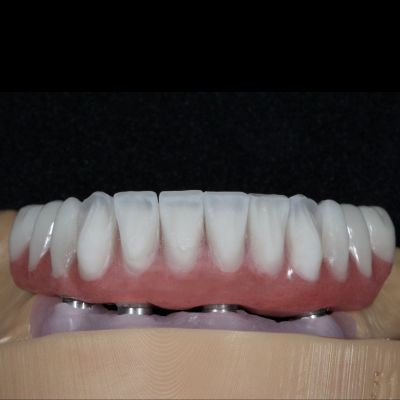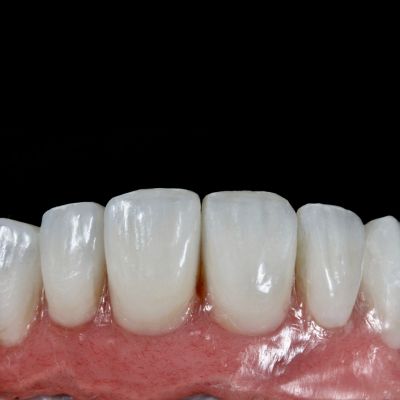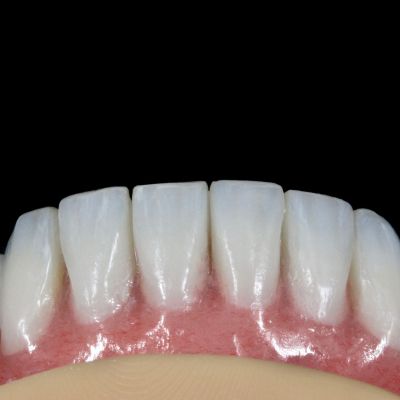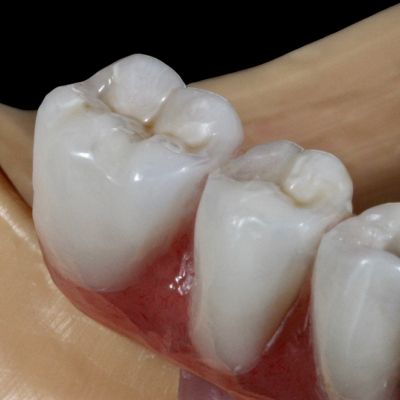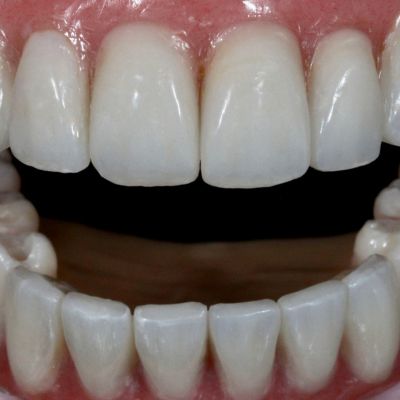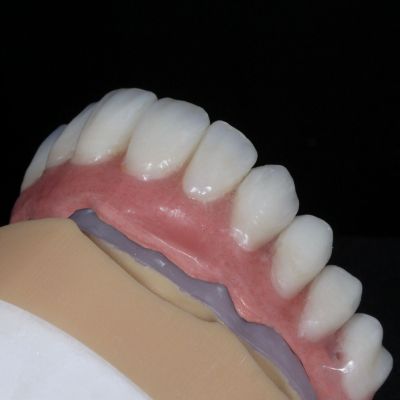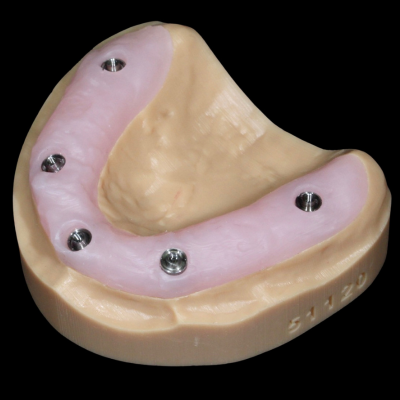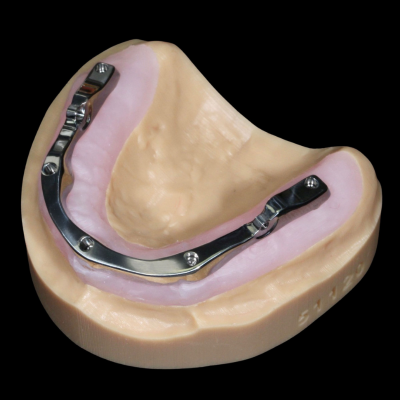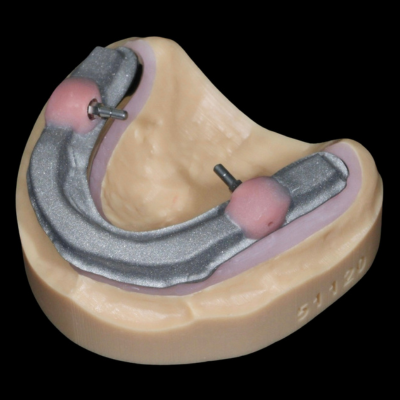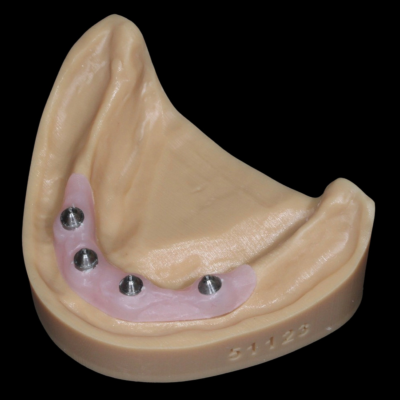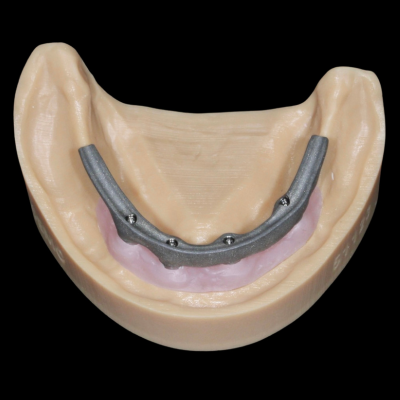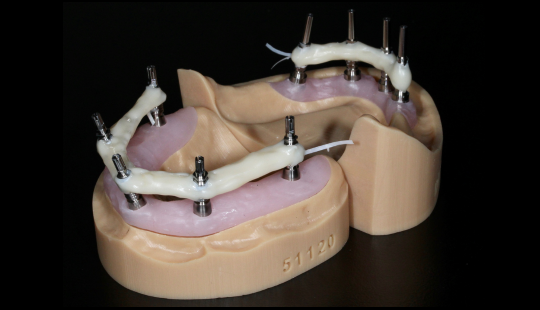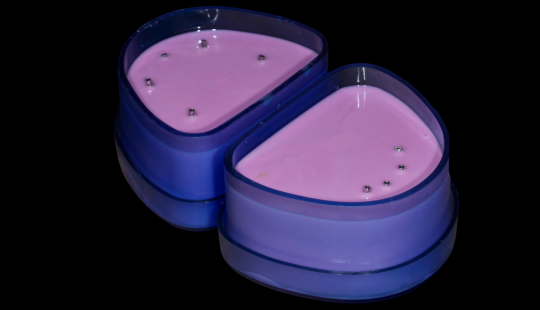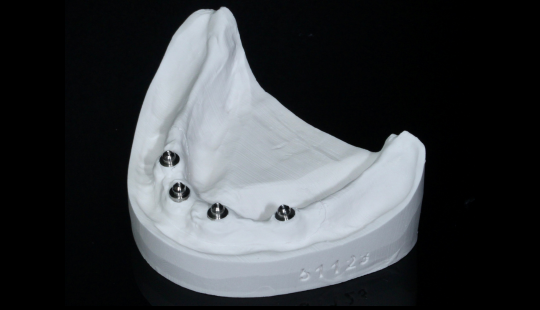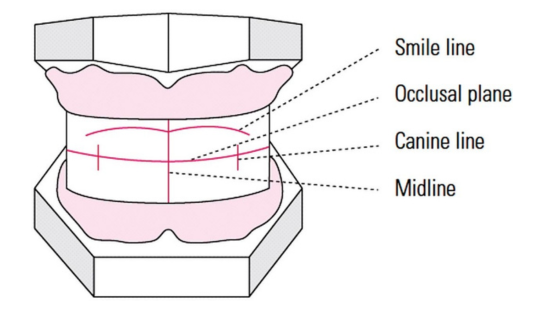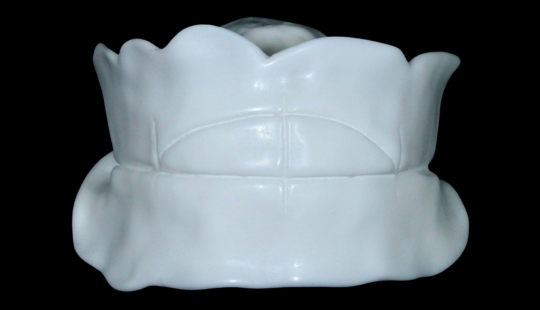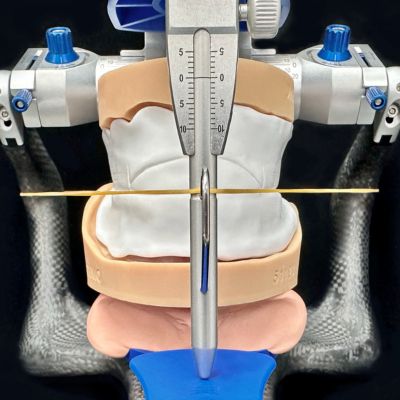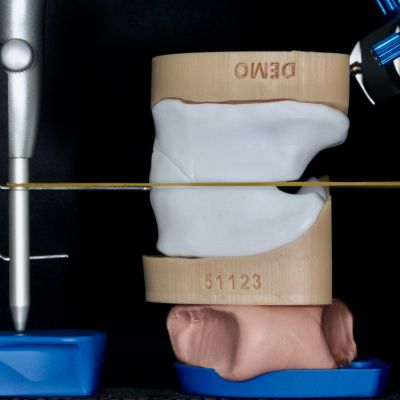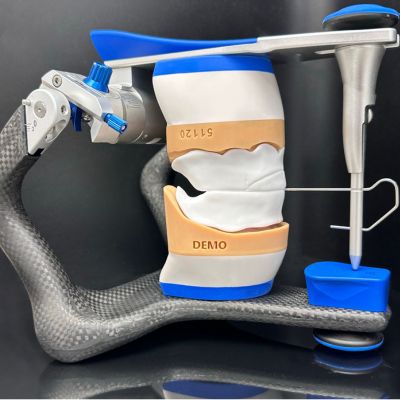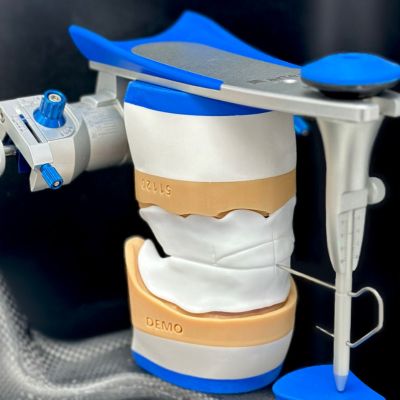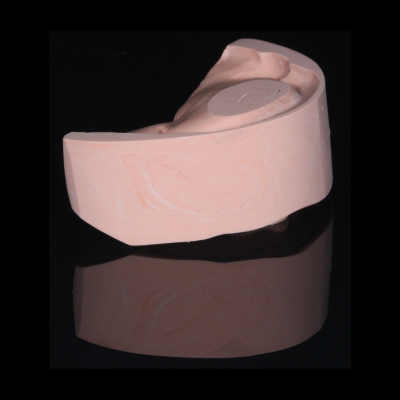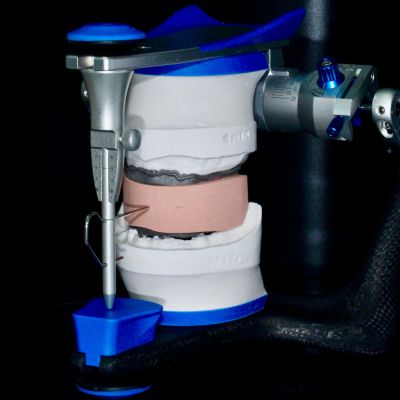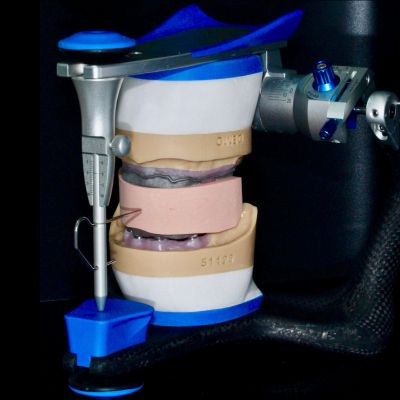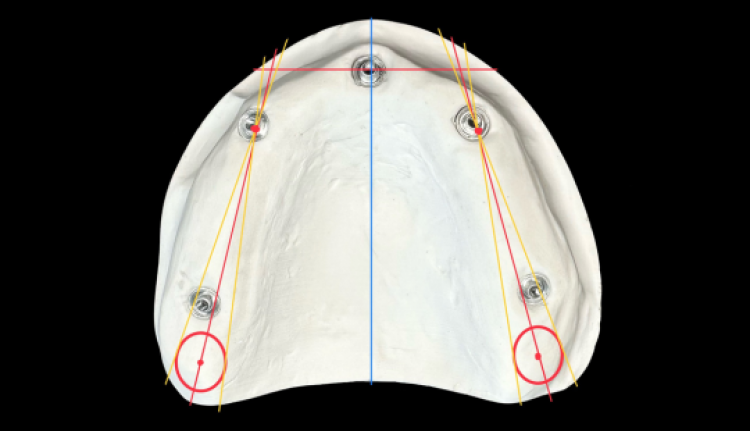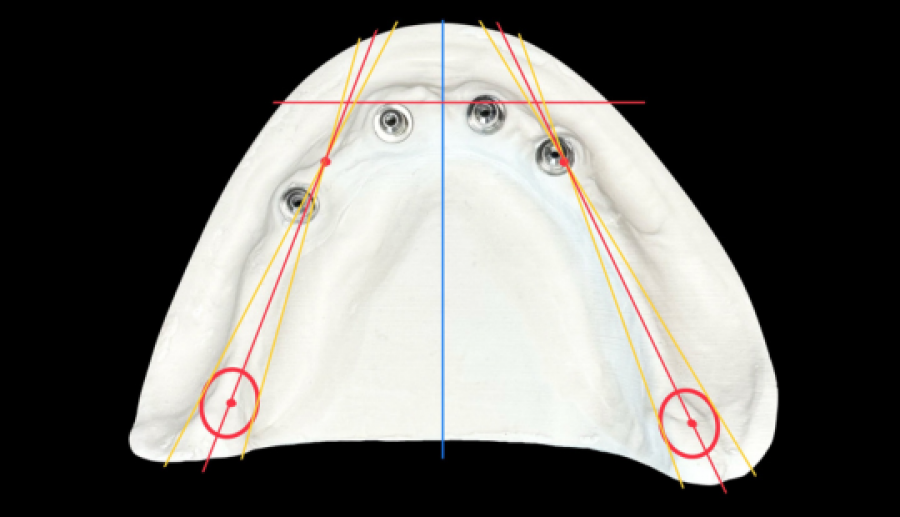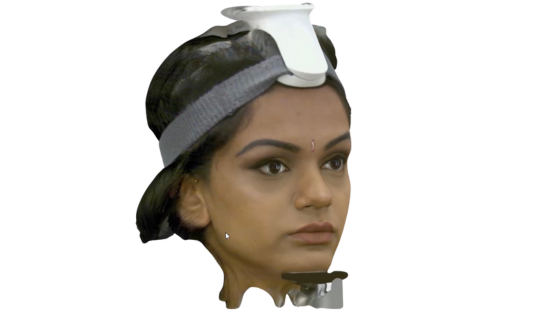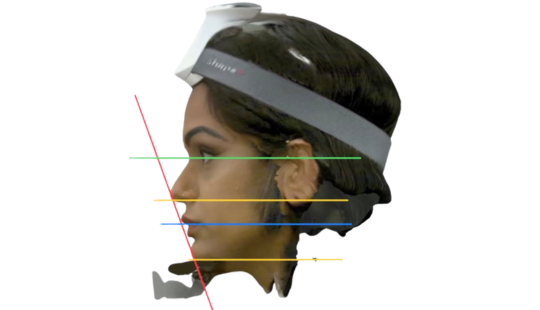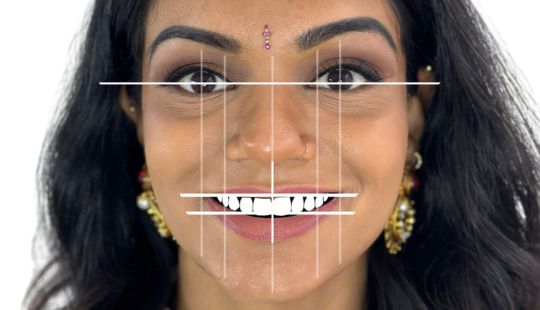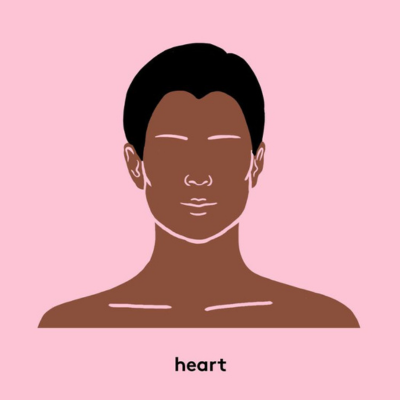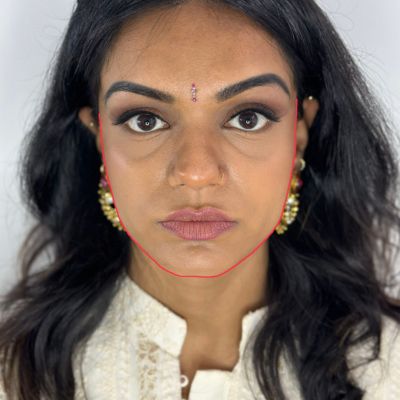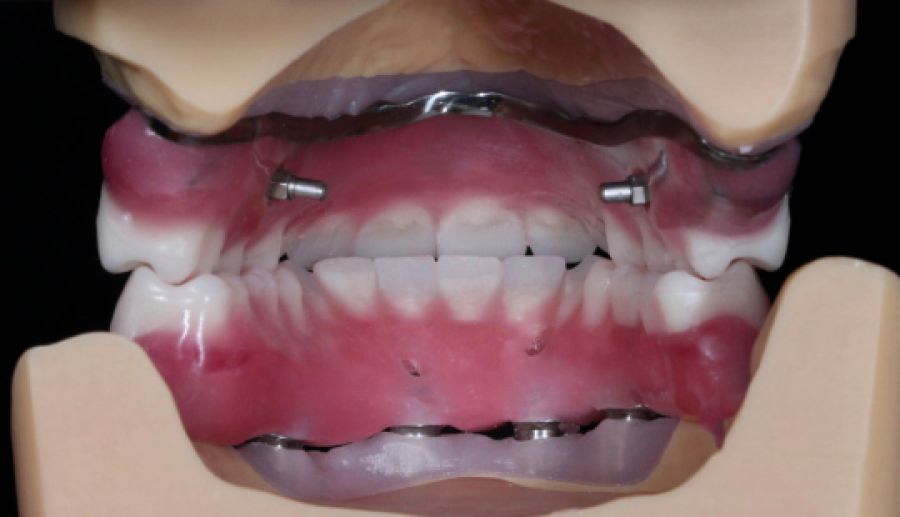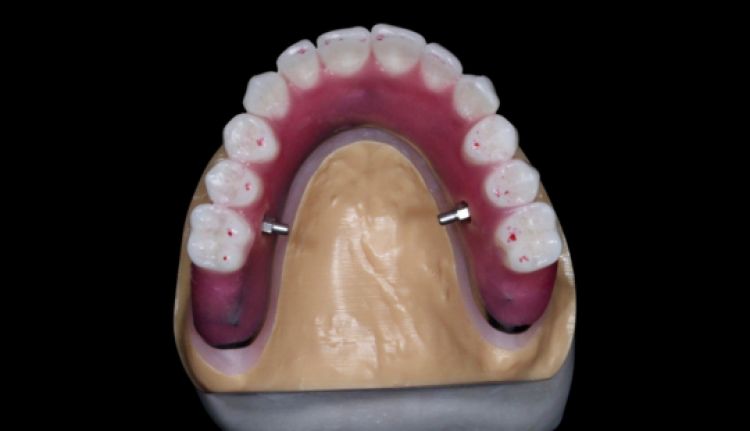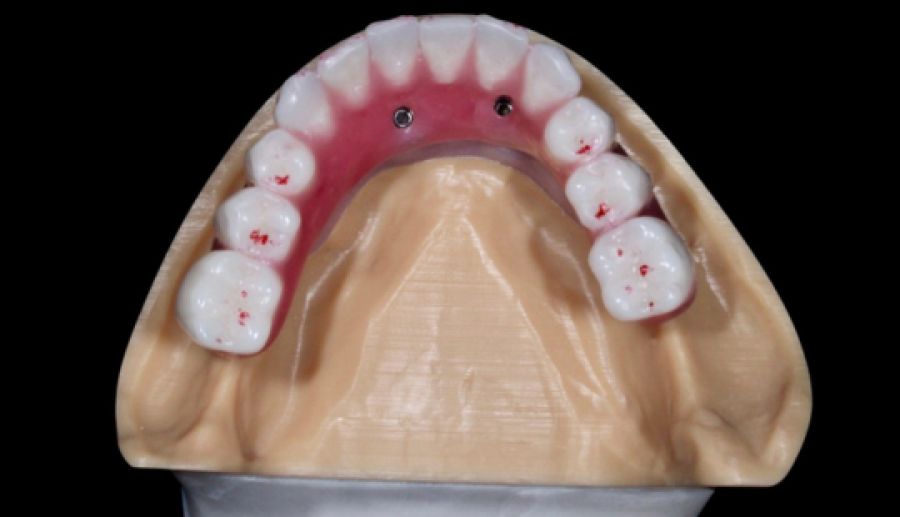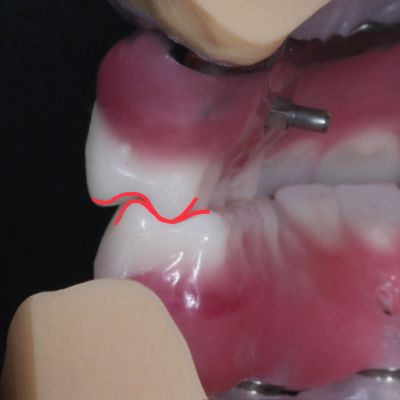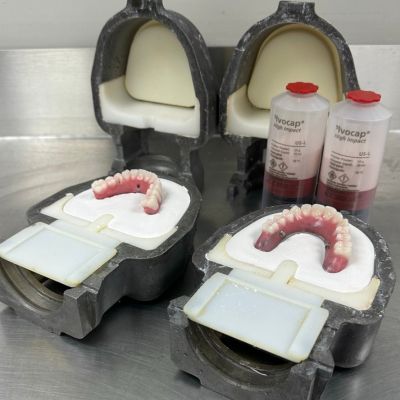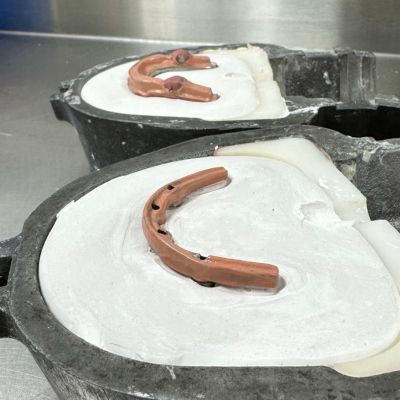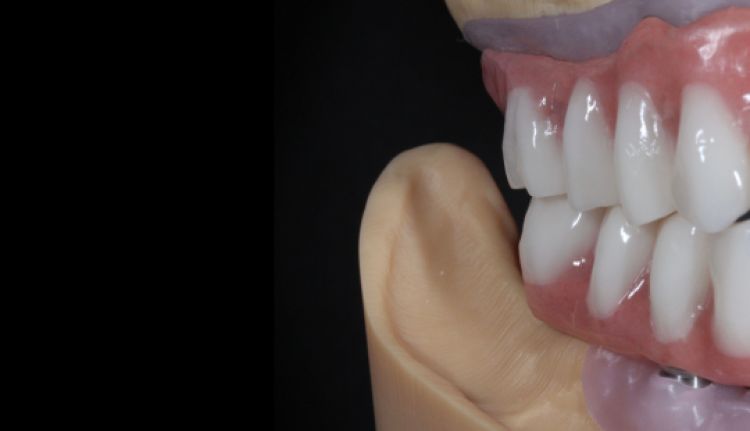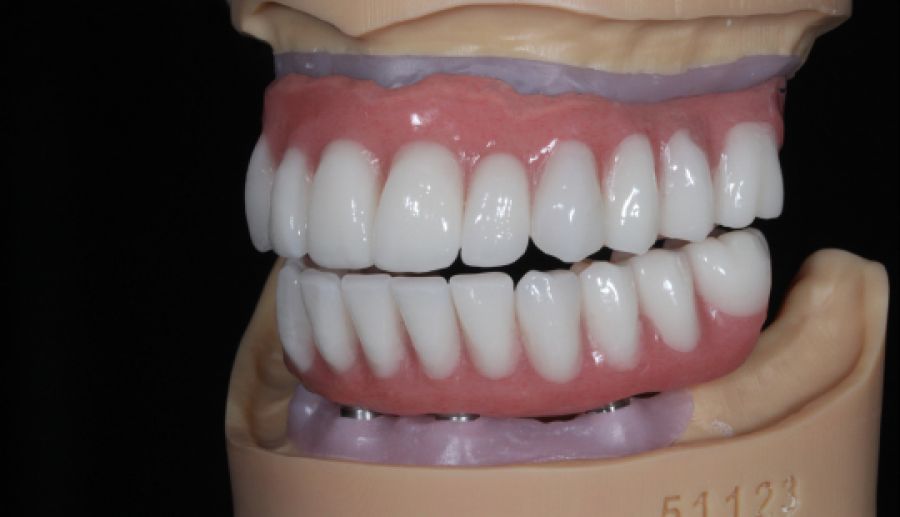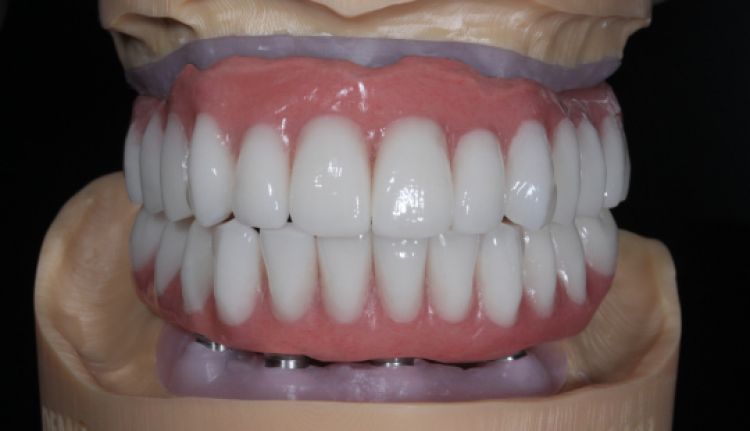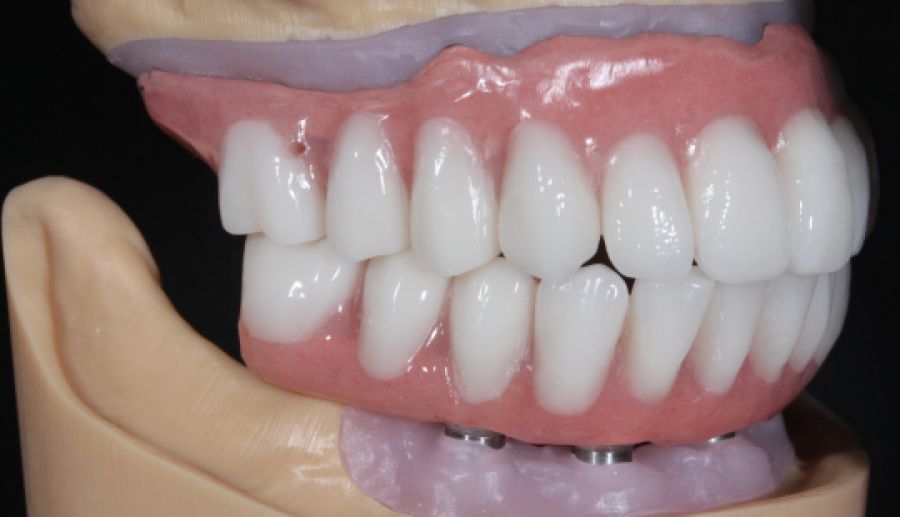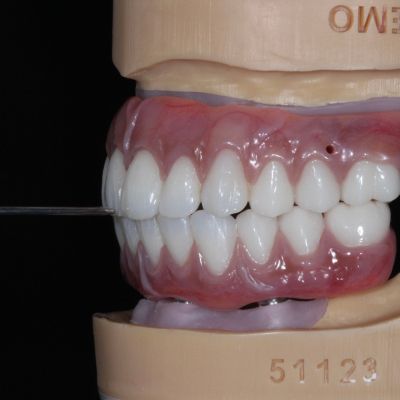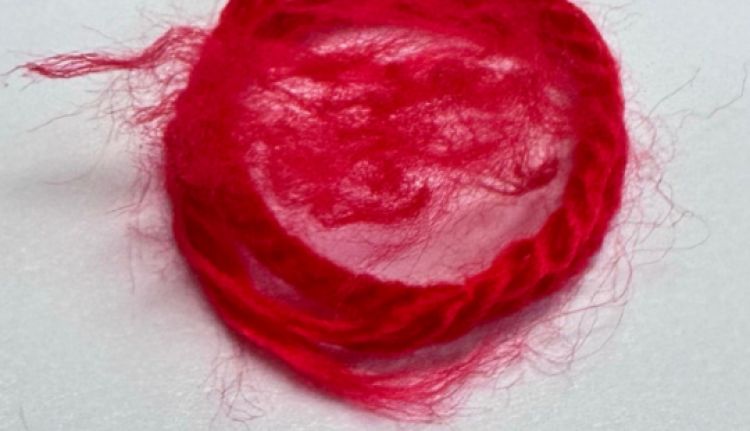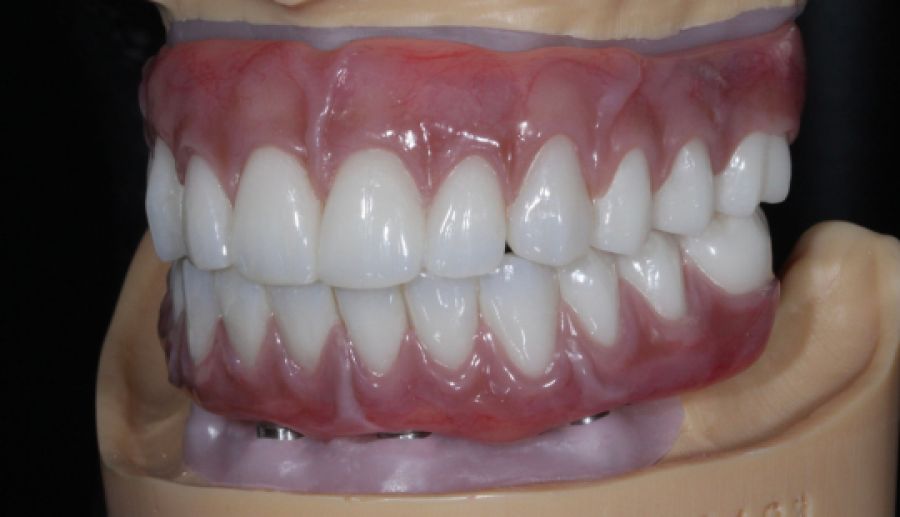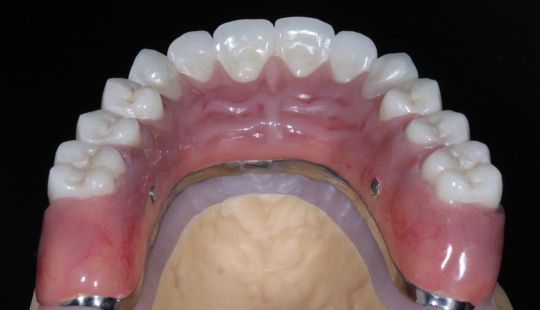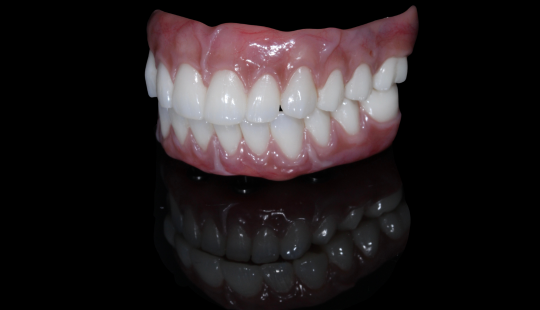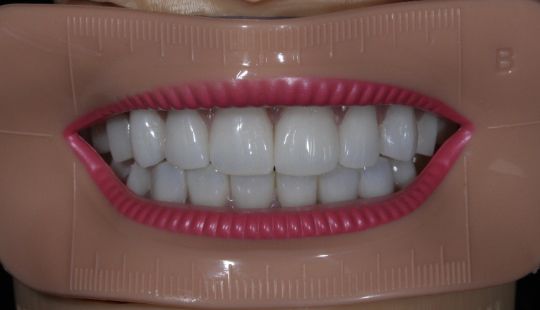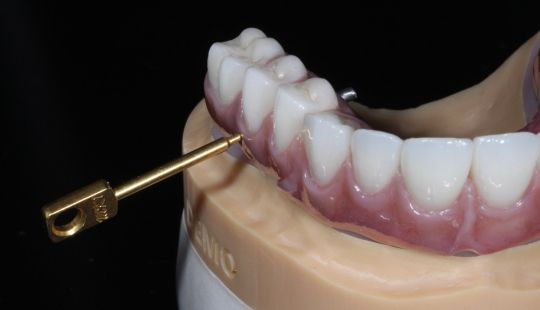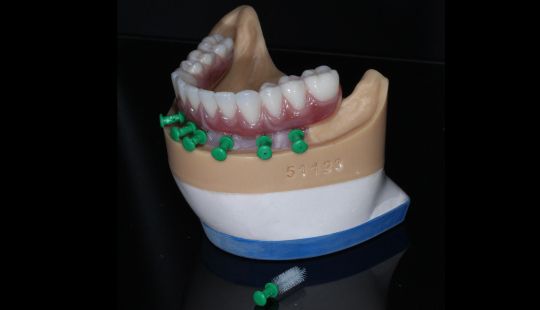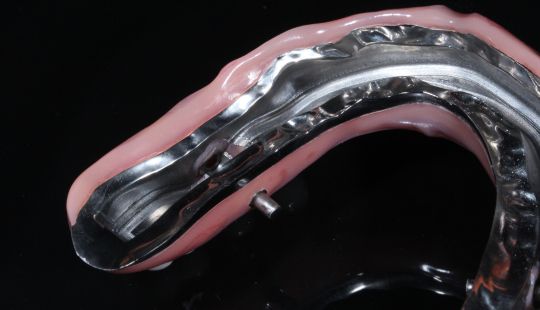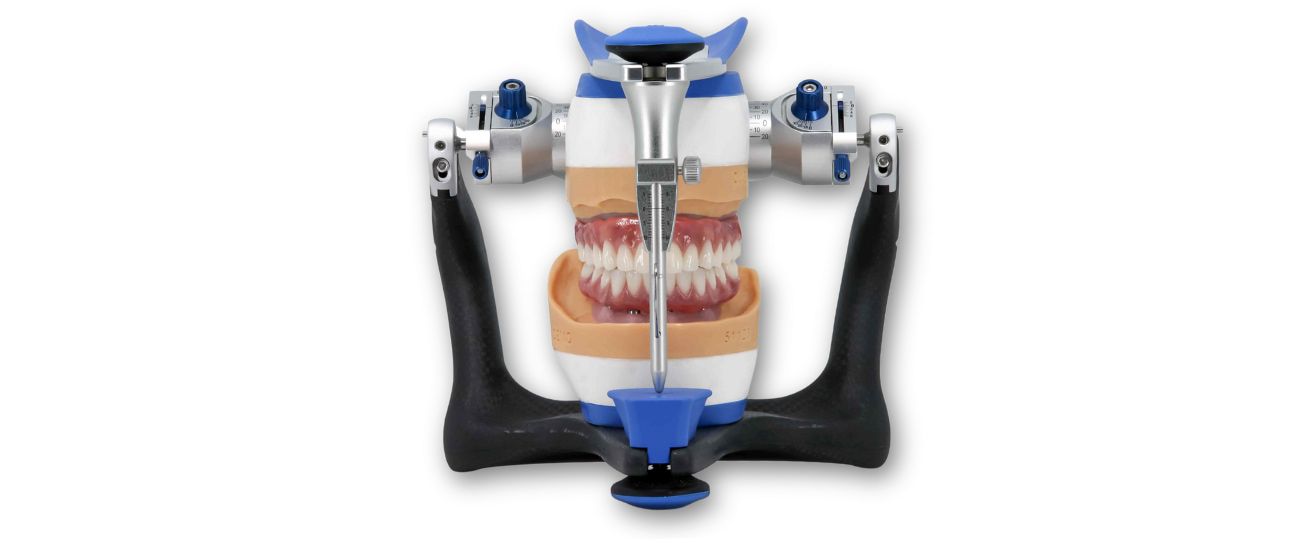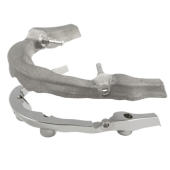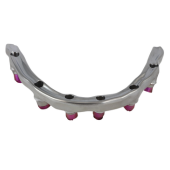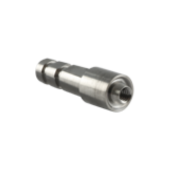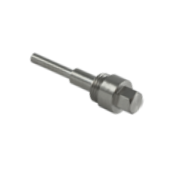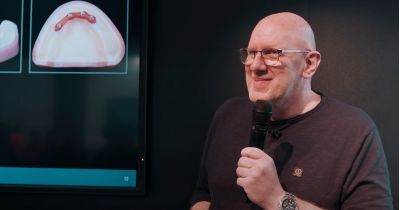The Bollywood Smile
In this article, Lola Welch will take us through the journey of a young patient that wish to have the perfect Bollywood Smile. The case is based on a Double Structure Milled bar on the upper and on a Wrap-Around bar on the lower.
The patient
Patient is a 35 years Old female from New Delhi. She lost multiple teeth in a bicycle accident in her early teens. At the time her missing dentition was restored with partial dentures. Her oral hygiene is good and she is finally in a stable financial situation that allows her to invest in advanced dental treatment. After the period of temporisation the patient is ready for her definitives.
She is an actress and to her the aesthetics are one of the most important factors. During the consultation the patient expressed her desire of restoring her appearance as closely as possible to “the smile she had lost”. She didn’t have pictures of herself from before the accident, however she did provide me with a collage of her favorite Bollywood actresses and their smiles.
She remembers her Old smile was young looking and natural with regard to the shape and arrangement of her teeth. She is aware that in her profession her smile might become her trademark and she would like it to be not only beautiful but also unique. So far her acting roles were small and she hasn’t appeared in many scenes where her teeth could be clearly visible, so the timing is perfect. I have a chance to change her appearance and help her to create a new beautiful and recognisable smile.
Apart from the aesthetics, she is particularly concerned about her speech so phonetics will have to be taken into consideration in this process. In her youth her teeth were not perfect, there was a small asymmetry between her incisors and canines and subtle shade differences, so the decision was made to recreate her lost “perfectly imperfect smile”.
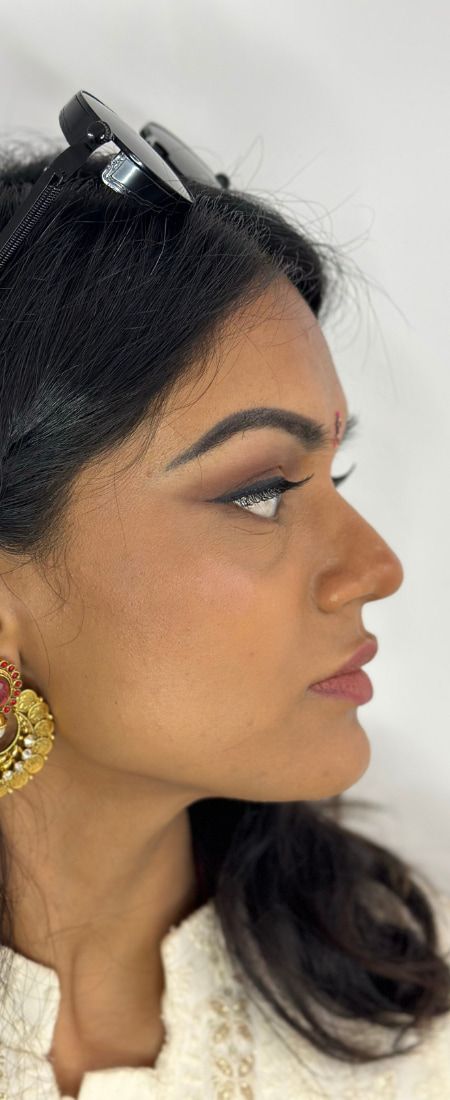
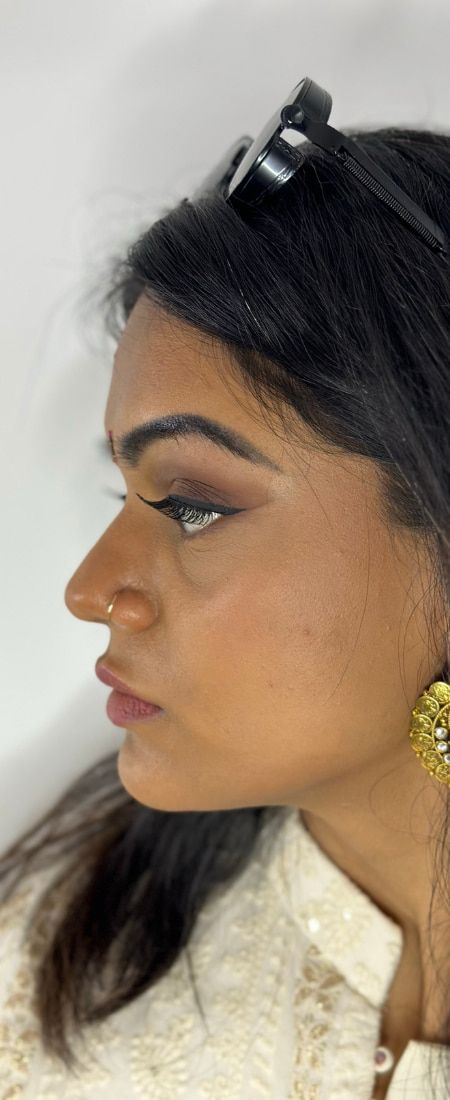
The Story of the patient
All my adult life is covered with the gloomy cloud of my broken smile… of the memory of that one dark night of the accident. It’s like my life stopped and started again in a different dimension that I’m desperately trying to escape from but I can’t. The “me” before was young, happy, carefree. I wasn’t worried that we don ‘t have much, that my saris are worn out and plain and that sometimes I wished my plate was fuller. I was happy, I had my family, my friends, my Old bicycle and… movies! The Regal Theatre in the center of New Delhi was my happy place.
Movies became my life, my escape and my dream. Watching my favorite actresses, Madhuri, Karishma, Aishwarya and Sonali made me think I want more, I wanted to be one of them. It wasn’t about money or fame but about the beauty and the warm fuzzy feeling I felt just from imagining myself on the big silver screen. There is this one spot in the Indraprastha Park, a bunch of large stone sculptures with human-like faces. I would walk round them, big gray structures towering over my small teenage self, imagining that we are all actors in a big and glorious dancing scene. I could hear the music in my ears!

Then the accident happened. It was dark, the rain was heavy, my bike was Old. That’s it. A split second that changed everything. Losing my smile was the hardest thing I ever had to face in my young life. I don’t know how long I cried for. The hours changed into days and days into months. I thought that was it, I will never be one of “them”. Now I had to wear uncomfortable plates that not only never looked like my lost smile but also stopped me from tasting my mum’s beautiful food. The “Why me” moved into my mind and took over everything!

I couldn’t believe it when I was first offered the chance to act! For the first time I felt that maybe my dreams will come through after all? The first roles were small and… short! But it didn’t take much time for the scenes to become longer and the characters I was playing more important. But every evening was bringing the reminder of my loss. Of the smile I thought I would never get back.
All those years are in the past! Today is the day I thought would never come. It’s the first day of my new life! Of the smile I never thought I would ever see again and of the flavors I thought I had lost forever. Is the day of a New Era.

Model analysis
Model analysis is an important tool in determining the “blueprint” of the future set up as it takes into account any atrophy of the two jaws. It’s an assessment of the anatomy and relation of the jaws. The upper jaw is the static counterpart to the lower jaw which is under neuromuscular control. The analysis helps to determine the center of the alveolar ridge and recognize anatomical features like tuberosities, retromolar pads, anatomical midline and the canines position.
In the analysis, the contour of the alveolar ridge on both sides is transferred to the outer surface of the mandibular model using the profile compass. The lowest point of the ridge contour, which marks the left and right occlusal center, is formed by the two contact points with a parallel line to the occlusal plane. These two points indicate the position of the first molar with a tolerance range of about 1 mm in the mesial and distal directions indicated by two small red marks.
The lower first molar and fossae positions are then transferred to the upper jaw model with the model placed in the articulator in order to mark the position of the supporting palatal cusps of the upper first molars. The 4 and 6 positions are marked and also transferred to the model outer surface or model margin. The center of the incisive papilla is determined for the CPC line, the line is extended to the model margin. This is followed by checking the bilateral ridge profile to determine parallelism or divergence. The stop line is also determined.
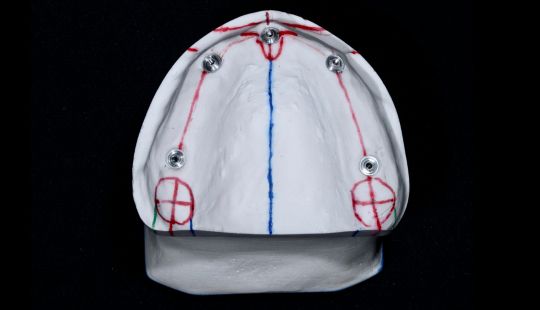
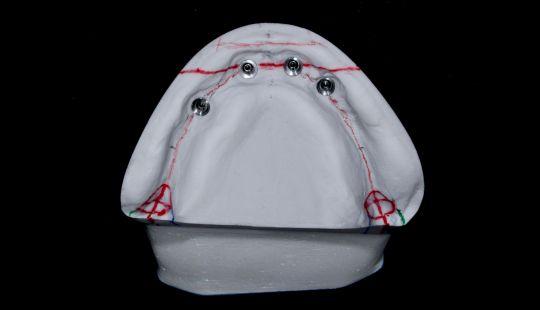
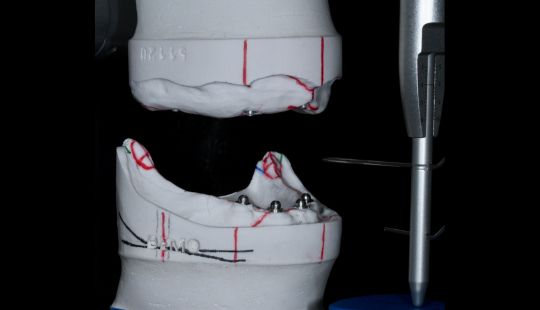

Facial analysis
The 3Shape XI CBCT scanner was used to record my patient face in 3D using the facial scan option. This advanced technology helped Lola to perform detailed facial analysis and work on digital smile design proposals.
Tooth selection
Model analysis helps to not only determine tooth position but also their size. However, the actual mould is best chosen taking facial analysis into consideration. It’s also important to listen to the patient and help to fulfil their wishes and desires.
Shade choice
Tooth color is one of the most important factors in dental and facial aesthetics. In a full mouth restoration, we are not matching any remaining teeth, picking the right shade is extremely important. A really helpful way of determining how white the teeth should be is to compare them to the shade of the whites of the patient’s eyes. The teeth should be a similar shade of white to the sclera. It’s also important to consider the skin complexion when choosing tooth shades as it can be helpful in achieving a pleasing good-looking smile. In modern society, dentistry is often considered not only as purely restorative but also as aesthetic practice and a perfect integration between teeth and facial complexion is highly important.
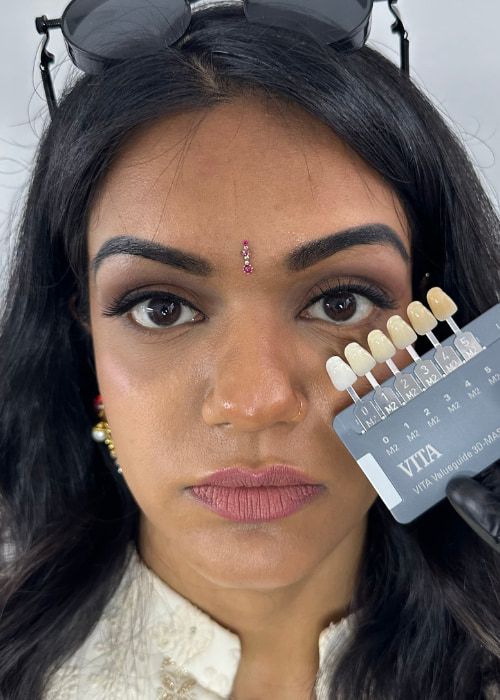
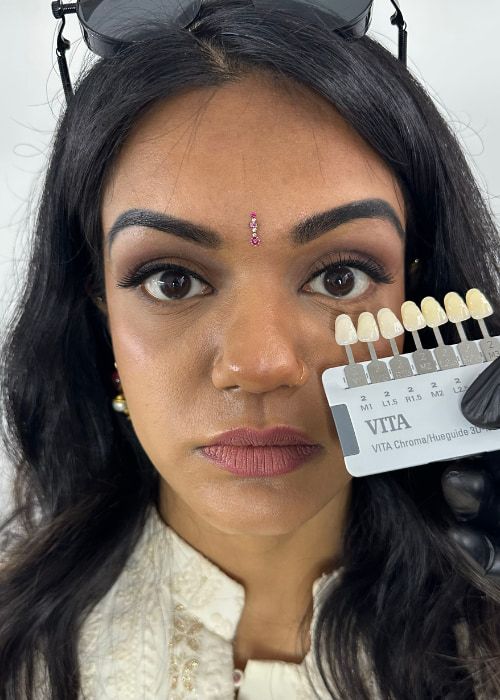

Occlusal concept and set up
Implant abutments do not tolerate horizontal forces very well over the long term. Over the years, multiple researchers have indicated that lingualized balanced occlusion is a favorable choice in restoring full mouth implant supported restorations.
The lingualized occlusion concept was developed by Dr A.Gerber. It’s characterized by its narrow support areas on the upper palatal cusps making contact with the lower lingual fossae. The tooth-to-tooth occlusion uses the concept of mortar/pestle and in doing so, allows to reduce the horizontal Shear forces.
Lingualized occlusion is seen by some as not aesthetically pleasing, however this doesn’t have to be the case. The common misconception is that the upper buccal cusps have to be positioned pointing high towards the cheeks. In fact, as long as the contact point lands between the upper palatal cusp and lower lingual fossae and there is a slight open contact on the upper and lower buccal cusps, we are already distributing occlusal forces in a lingualized concept.
Lingualized concept upper palatal cusps making contact with the lower lingual fossae.
Processing
To process the bridges with acrylic is chosen the Ivocap injection system from Ivoclar. Ivocap precision processing compensates for acrylic shrinkage as it cures, this results in outstanding accuracy. Before counter flasking Flexistone material is used, which is specially recommended for the injection molding technique and protects acrylic and teeth against plaster. This also cuts down deflasking and finishing times.
After boiling out the wax the frameworks were steam cleaned, sandblasted and MKZ Primer (Bredent) was applied, followed by two thin layers of VITA VM LC opaquer.
Occlusal adjustments
In order to achieve the perfect occlusion, it is necessary to execute selective grinding of the occlusal points in centric relation (until all contacts are uniform) and to address the dynamic movements and adjust those until a balanced pattern in right & left lateral and protrusive movements is reached.

Full balanced occlusion was chosen for the case and the articulator is adjusted to move the lower jaw into protrusive movement and adjusted the lower incisors enough to have even contacts on both posterior sides. This adjustment opened anterior contacts in centric position. However, for Lola it is an acceptable situation as it’s allowing for the freedom of movement in all directions and it’s eliminating risk of future fractures or breakages.
Teeth characterisation
Acrylic teeth produced by VITA are beautiful straight “off the card”, however to achieve a unique and individualized look I applied a window cutback on the incisal sections. Internal and external staining was created and a mixture of dentine and enamel pastes from Vita (also Akzent LC), Ivolcar (Nexco SR) and Bredent (crea.lign) applied.
For the posterior teeth a small amount of translucent/incisal composite paste was used on the cusps and Vita Akzent LC stains in the fissures.


